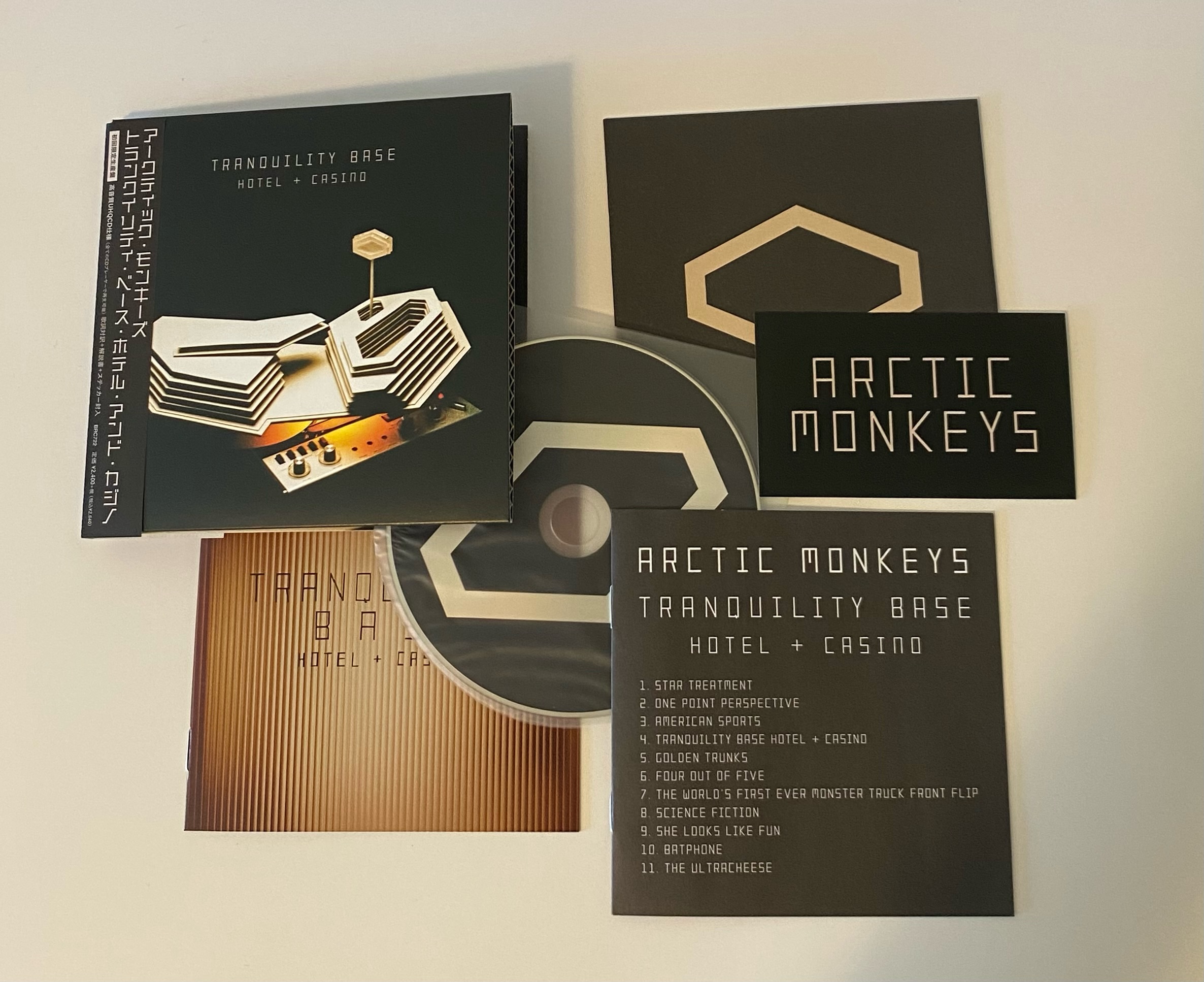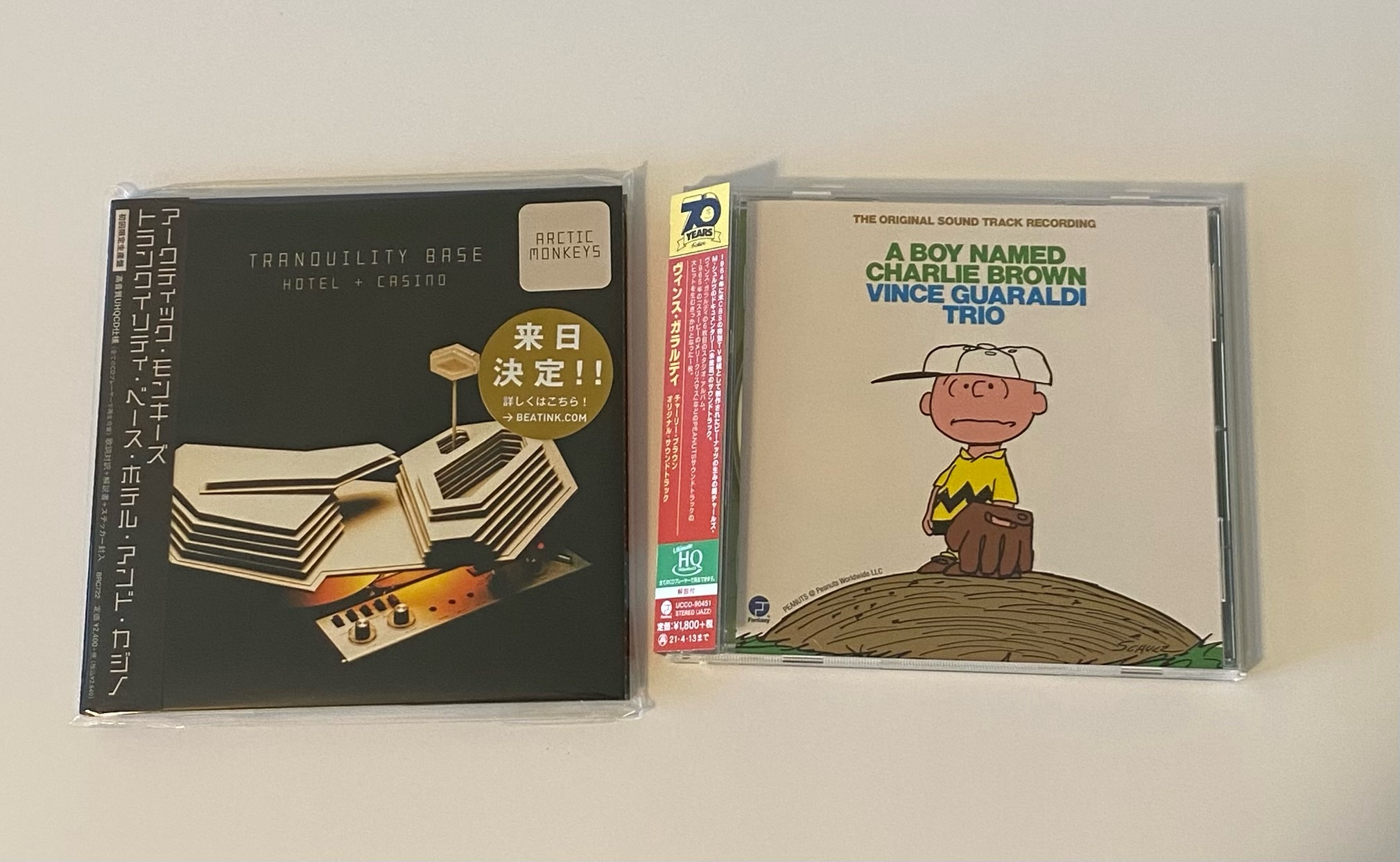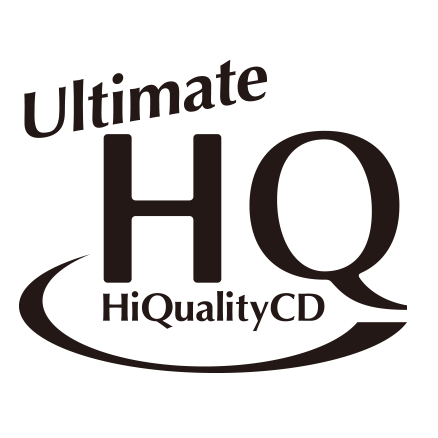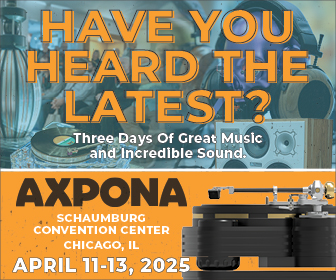Memory-Tech’s UHQCD: The Final Red Book CD Frontier?
the true ultimate CD?
At long last, I’ve reached the last stage of my exploration into specialized Japanese CD pressings. After testing Sony’s Blu-spec CD2 and JVC Kenwood’s Super High Material (SHM) CDs, we’ll now dive into the Ultimate Hi-Quality CD, or UHQCD.
What is UHQCD?
UHQCD, developed by Japanese CD manufacturer Memory-Tech, is the “new and improved” version of its Hi-Quality CD (HQCD) from the late 2000s. Instead of injection molding the usual CD polycarbonate into the metal stamper, the UHQCDs use a high-fluidity photopolymer that supposedly better molds into the stamper to form more accurate pits. (The previous HQCD merely used a higher-transparency polycarbonate, but with a high-reflectivity alloy replacing the usual aluminum.) Sony’s Blu-spec process also focuses on pit formation, but works the other way around; instead of Sony’s finely-cut stamper creating sharper pits, Memory-Tech uses a different plastic. Many UHQCDs from Universal and Warner feature MQA that decodes to a higher multiple of 44.1kHz when unfolded on an MQA DAC, though for this test I purposely avoided MQA-UHQCDs. (The future of MQA-UHQCD is uncertain, as MQA recently entered administration in the UK.) All UHQCDs follow the Red Book standard and will play on any CD player.

Listening
The first of two UHQCDs I got was the recent reissue of Arctic Monkeys’ 2018 album Tranquility Base Hotel + Casino (Beat Records/Domino BRC722). It’s the first Japan-made edition of this album, since the original Japanese CD was merely the Domino EU packaging with a Hostess obi and Japanese insert. While all CDs of this album come in a glorious mini-LP gatefold, the UHQCD takes it a step further with an extra Japanese booklet, a sticker of that era’s Arctic Monkeys logo, and an obi strip (which reads “NOT FOR SALE OUTSIDE OF JAPAN”) on top of the usual printed inner sleeve and booklet. The album is mastered loud, though on a good system the excellent recording and mix unveils rich textures and spaciousness.

I often say that the ultimate goal of hi-fi is to be able to listen without having to think about format, resolution, or technology; being in the moment, in the music. As someone who’s heard the album countless times, the Tranquility Base Hotel + Casino UHQCD succeeded at that. Compared to the standard US CD manufactured by The ADS Group, the UHQCD had more space, and better separation between vocals and instruments (especially the vocals and snare drum in the center) as well as the effects layered atop them. The bridge vocal on “The World’s First Ever Monster Truck Front Flip” is much easier to follow in the space carved out on the UHQCD, and despite being mastered at the same levels as the standard CD, it’s far less fatiguing overall. Alex Turner’s vocal sibilants were sharper on the UHQCD, but in a way that sounded natural and not at all smeary or harsh. I might even prefer the UHQCD to the EU vinyl edition, which also has a good soundstage but sounds rolled off on the high frequencies. Since the Blu-spec and SHM features caused much debate about possible, negligible mastering differences, here are excerpts of “Star Treatment” from both the US CD and the Japanese UHQCD. Measure to your heart’s content, though I can already tell you that the peak and RMS values are identical and yet I still hear a difference.
"Star Treatment" UHQCD comparison
The UHQCD of the Vince Guaraldi Trio’s Jazz Impressions of A Boy Named Charlie Brown (2014 remaster by Joe Tarantino) produced similar results compared to the North American CD pressed at Technicolor in Mexico. Like the Arctic Monkeys album, the Guaraldi UHQCD sounded more “real” with better presence, taut bass, and mostly natural sounding piano. If I hadn’t known it was a CD, it would easily pass as higher resolution than 44.1kHz/16bit. The Mexican CD pressing also sounded good, but bass was a bit more sluggish, the soundstage was drier, and hi-hats and cymbals as well as higher piano notes had that typical CD character of sounding hard and somewhat “stuck.” Unlike the SHM-CDs, which sometimes sounded much better albeit different (with identical mastering), the UHQCDs have a subtler refinement that makes a bigger long-term improvement.

Conclusion
Is Memory-Tech’s UHQCD the ultimate Red Book CD format? Quite possibly. Compared to standard CDs, it improves the sound in every way without changing the character of the recording. It’s not at all intrusive and unlike the SHM and Blu-spec CDs, the difference will be universally beneficial across all sorts of systems; I don’t think any audiophile objects to better presence and spatial sense. Because of that, I believe that the UHQCD is the best of the three specialized Japanese formats reviewed, though I personally won’t rush out to buy UHQCDs of absolutely everything. As always, decide for your own ears (and wallet, since these get expensive after a bit) with the files above.













































